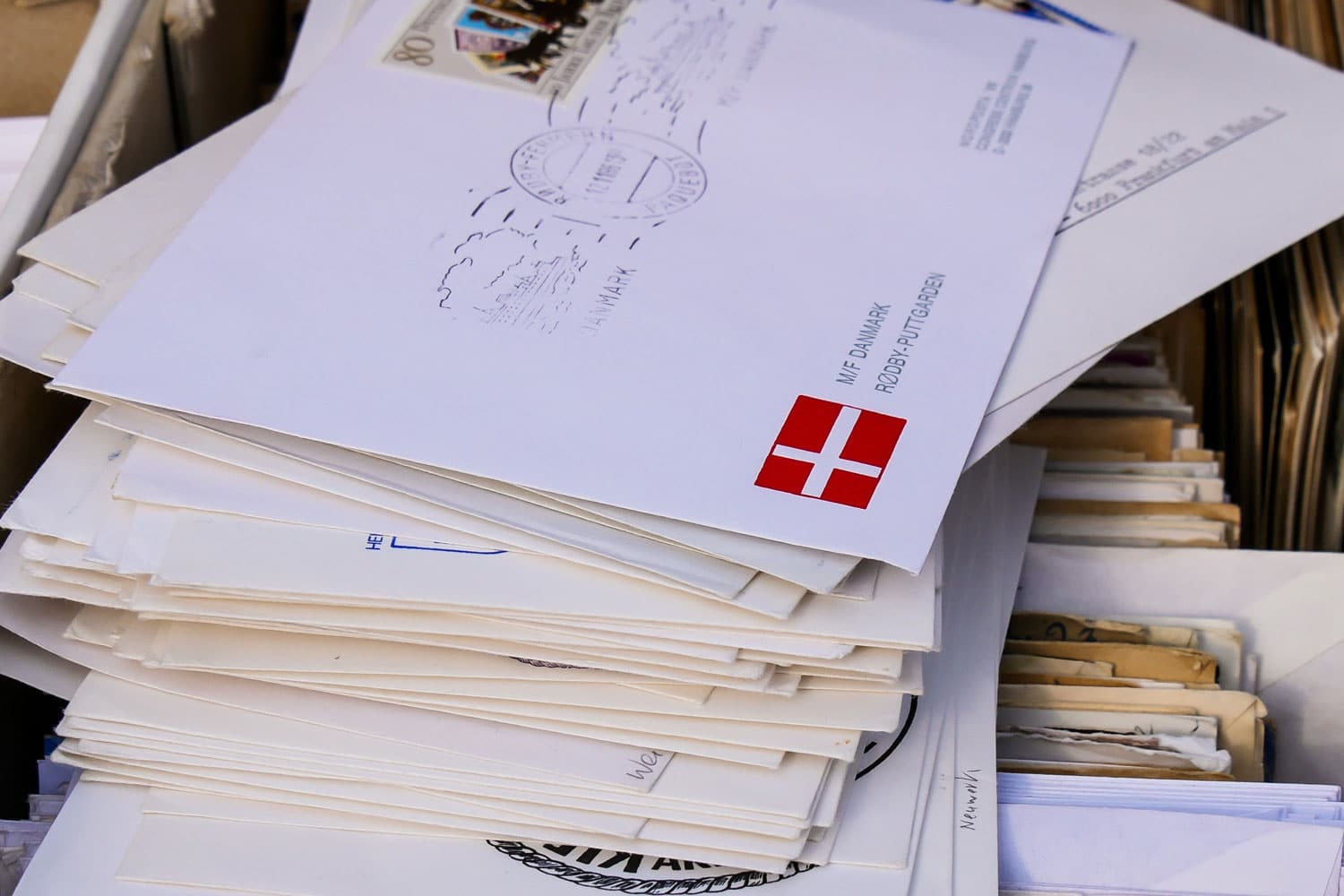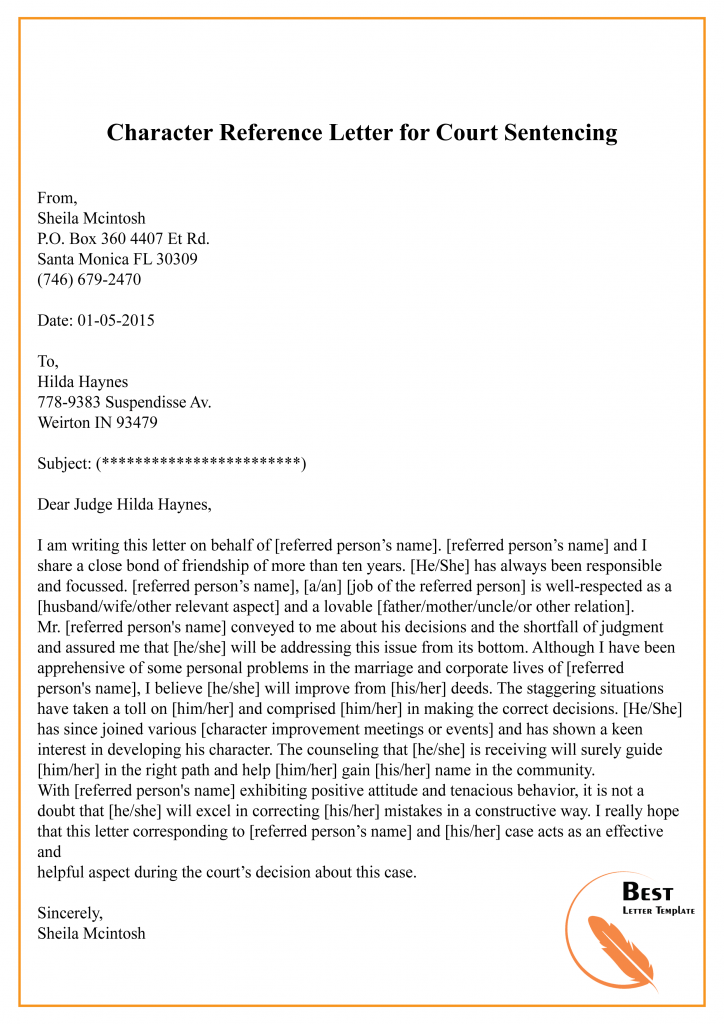Can You Mail Paperwork to a Court Case?

When involved in a legal matter, communication between the parties involved is crucial. One common question that arises, especially in the modern age where digital communication dominates, is whether or not you can send paperwork directly to a court case via mail. Let's delve into the various aspects of this topic, ensuring that all bases are covered for a smooth legal process.
The Legal Framework

Each court operates under its own set of rules, commonly referred to as the Court Rules of Procedure or Civil Procedure Rules. These rules outline how documents should be served, filed, or submitted to the court.
- Filing Documents: Courts generally require that documents be filed in person or by electronic means if the court supports electronic filing.
- Service of Process: This refers to the formal delivery of legal papers to a defendant or respondent. While some jurisdictions might allow mail service, many require personal service, especially for initiating a lawsuit or when serving summonses.
Mail as a Method of Service

Service by mail might be permissible for:
- Default judgments
- Post-judgment motions
- Appeals
- Some notices
Permissible Mailing

While service by mail has limitations, mailing documents can still be useful in several situations:
- Filings after the initial case: After a case is underway, courts might allow certain documents to be mailed. These could include motions, responses, or supplemental information requested by the court.
- Service of Discovery: In some instances, courts might permit the service of interrogatories or other discovery documents through mail, especially if previously agreed upon by both parties.
✉️ Note: Always check the court's specific rules or consult with the court clerk before mailing any legal documents.
The Proper Procedure for Mailing

If mailing legal documents is permissible, ensure the following:
- Use certified mail: This ensures that you have proof of mailing and receipt. A return receipt request can provide further evidence of service.
- Include all necessary copies: Provide the court with the original and the required number of copies, often including one for the judge and one for each opposing party.
- Check for postal deadlines: Courts often have strict deadlines for when documents must be received, not when they are postmarked.
- Use the correct court address: Double-check that you are sending documents to the correct court and division.
| Document Type | Required Copies | Certified Mail Required? |
|---|---|---|
| Motion | 2 (1 original, 1 for each party) | Yes |
| Brief | 3 (1 original, 2 for the court) | Yes |
| Notice of Appeal | 3 (1 original, 2 for the court) | Yes |

📝 Note: For case-specific requirements, consult the local court's filing guidelines or use services like court runner services.
Potential Drawbacks of Mailing

While mailing can be convenient, consider the following potential issues:
- Delays: Mail can be delayed or lost, causing potential non-compliance with deadlines.
- Loss of Original Documents: Mailing original documents can be risky if lost or damaged in transit.
- Proof of Service: Certifying receipt via mail is more cumbersome compared to electronic filing or personal service.
Advantages of Alternative Methods

Modern courts increasingly favor electronic filing for several reasons:
- Instant Confirmation: E-filing provides immediate proof of filing and service.
- Time Savings: No need to wait for mail delivery.
- Document Integrity: Digital documents are less likely to be lost or damaged.
- Cost-Effective: No postage costs or printing costs.
When Mailing is a Last Resort

Mailing paperwork to a court case might become necessary in these situations:
- E-filing Issues: Technical difficulties or court unavailability for e-filing.
- Urgent filings: If an urgent filing must be submitted and electronic systems are down.
- Remote Locations: When in-person filing is impossible due to geographical limitations.
🌍 Note: For cases where e-filing is not an option, always consider hiring a local attorney or a professional courier service.
While mailing paperwork to a court case can be done under certain circumstances, it is important to weigh the pros and cons and familiarize oneself with the court's rules. Legal procedures vary from jurisdiction to jurisdiction, and often from case to case. Understanding these nuances ensures that your filings are received and processed in a timely manner, reducing the risk of procedural dismissals or penalties.
In summary, while mailing can be an effective method for submitting certain documents, it's not the preferred method in most jurisdictions due to potential delays and the risk of lost documents. Always verify with the court's rules, check for electronic filing options, and consider the urgency and nature of your filings when deciding how to proceed. If you choose to mail documents, make sure to follow the outlined steps to ensure they reach the court as intended.
Can I mail any legal document to the court?

+
Not all legal documents can be mailed to the court. Service by mail for initiating a lawsuit or serving summonses often requires personal delivery. Check the court’s specific rules for the documents you need to file or serve.
Is certified mail required when mailing legal documents?

+
Certified mail is often recommended to ensure proof of mailing and receipt. Some courts might require it for certain filings, especially when mail service is used for important documents.
What are the benefits of electronic filing over mailing?

+
E-filing provides instant confirmation of filing, reduces the risk of lost documents, saves time and money, and aligns with modern court practices for streamlined case management.